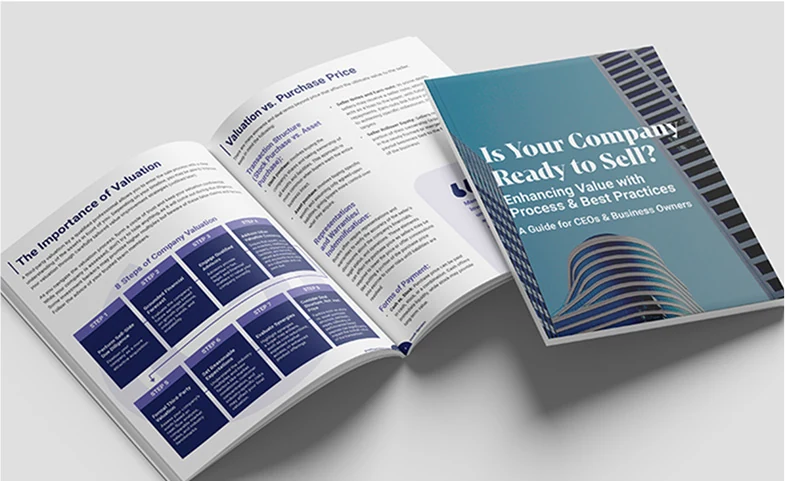Are we halfway through the year already? Time sure does fly. They say it’s because you’re having fun. While this is true, I’ve also found as I gain experience and wisdom the time does seem to go faster (okay, okay, I’m just getting older). It’s natural at these mid-year points to evaluate progress against the goals set for the year. We won’t focus on my overall plan to look like Adonis by December as it seems I’ll need to add a decade or so to that one. Instead, let’s focus on your much more achievable business goals.
What is best practice?
Ideally, you’ve evaluated actual progress against a robust budget for your business on a monthly basis. Daily measurement is even better if applicable. In my retail days, everyone in our management staff knew daily how we were progressing against our retail budget goals by location, by department, by day. This tracking shouldn’t be limited exclusively to an overall corporate budget. There are likely big, strategic initiatives requiring operating plans and measurement as well. Like any goal in life, there is a much better chance of attaining it if there is a detailed plan in place for how to achieve it – along with a scorecard to measure progress (well, maybe not my Adonis one). “What gets measured, gets managed,” is a mantra that has served successful companies well for as long as there have been successful companies.
Let’s assume you have your financial budget targets, your strategic initiatives, and a progress tracking scorecard in place. What if that scorecard shows you are short of your goals half way through the year? What do you do now? Admit defeat and give up? Are bonus plans tied to that budget? Are covenants at risk of being broken? There can be consequences for falling short ranging from minor to sever. Now is the time to put a new plan in place. At this 2019 mid- point it would be a 6+6 forecast, meaning 6-months of actual results with 6-months of forecast. Look in the 6-month rearview mirror and the marketplace conditions today, then use the learnings to focus on the windshield in front of you and chart a new course. Update your scorecards to evaluate progress against your original budget, as well as this updated forecast.
Successful planning is a year-round process, not a one-time event.
This forecast process should be completed at least every quarter allowing leadership to evaluate company performance against current market conditions and reallocate resources appropriately. Sound complicated? It doesn’t have to be. The first step is to commit and just go! Start small and build momentum. The retailer I mentioned above is a very successful public company. Their management forecast and reporting process was built using spreadsheet tools and basic database software that most of us have pre-loaded on our computers today. It wasn’t over engineered and complicated, it just worked. Why? Because management kept it simple and made the process a critical part of the company culture. The process illuminated what operators needed to make critical business decisions and ultimately, deliver.
So, as we sit here at this mid-point of the calendar year; how are you doing against your goals? Are you able to compare performance to a budget? Do you have a forecast process in place to plan effective course corrections? If you are having trouble answering these questions, the team at Growth Operators is ready to help. We’ll put our years of experience to work and build you a customized solution to help you grow. Let’s continue the conversation at https://growthoperators.com/.
Now, off to the gym…

